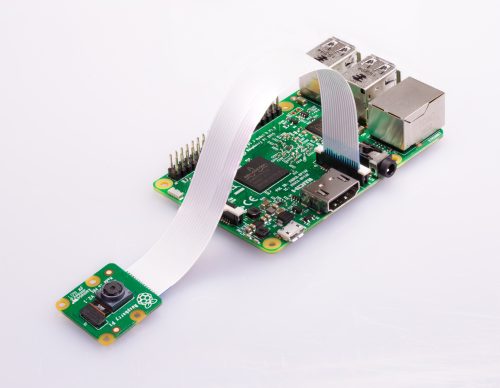Schlagwort: at home
-

Activities you can do at home this week!
Reading Time: 3 minutesAt the Raspberry Pi Foundation, our mission is to put the power of computing and digital making into the hands of people all over the world. We know that a lot of families around the globe are navigating school closures and practicing social distancing right now to keep their communities healthy and…

